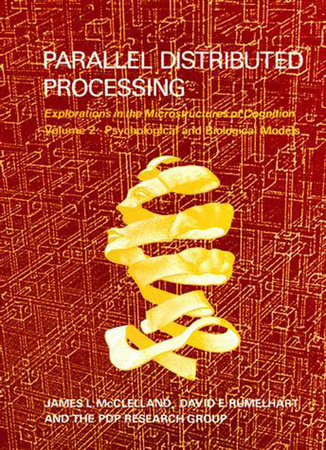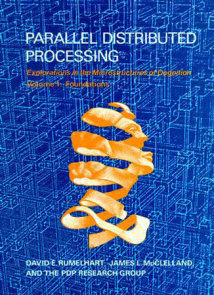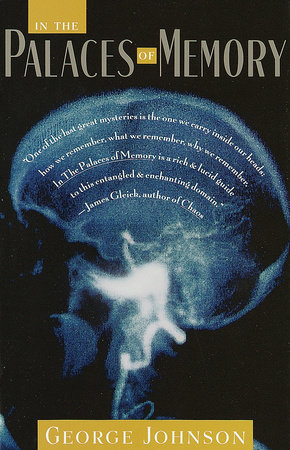

Add to Bookshelf
Parallel Distributed Processing, Volume 2
By James L. Mcclelland, David E. Rumelhart and PDP Research Group
By James L. Mcclelland, David E. Rumelhart and PDP Research Group
Best Seller
Category: Psychology

Paperback
$50.00
Jul 29, 1987 | ISBN 9780262631105
-
$50.00
Jul 29, 1987 | ISBN 9780262631105
Buy the Paperback:
YOU MAY ALSO LIKE
Praise
The most intense, most effective and most mind-stretching view of neurocomputing origins, theories and concerns to yet reach print.—Intelligence—
Looking for More Great Reads?
21 Books You’ve Been Meaning to Read
21 Books You’ve Been Meaning to Read
×
Become a Member
Just for joining you’ll get personalized recommendations on your dashboard daily and features only for members.
Find Out More Join Now Sign In












